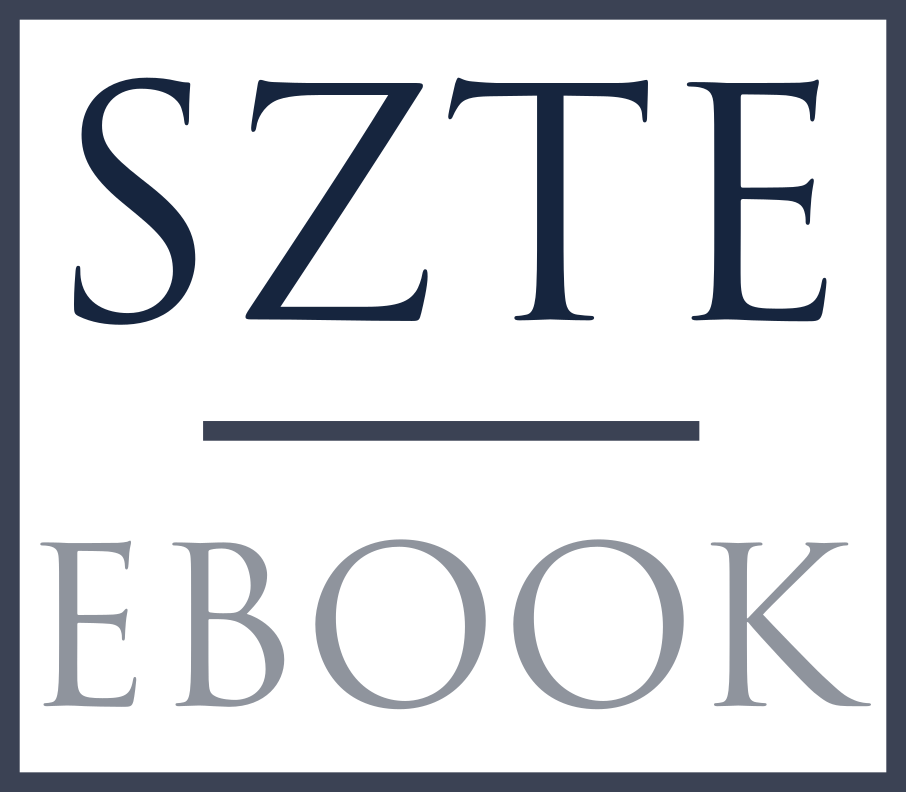Gender labor market outcomes during the COVID-19 pandemic: Evidence of she-cession in the Visegrád countries
Tartalom
The effects of the COVID-19 pandemic showed that women's employment declined disproportionately than men’s, prompting economists to coin the term "she-cession." This study examines the incidence and persistence of this phenomenon in the Visegrád economies using quarterly data on gender labor market outcomes from 2007Q1-2021Q4. The paper demonstrates that there is significant cross-country heterogeneity in the extent and severity of she-cession, with all the V4 countries demonstrating greater declines in women's employment rates than in men's. The Czech Republic suffered a severe she-cession compared to Hungary, Poland, and Slovakia. The COVID-19 she-cessions were often short-lived, lasting an average of one or two quarters, hence, it can be concluded that the V4 nations do not need to worry about the hysteresis effect of unemployment rates. The panel fixed effect model shows the significance of the gender labor market outcomes on economic progress measured by per capita GDP. Evidence demonstrates that women's labor market outcomes in the V4 countries have a significant impact on per capita GDP, which explains the advantage of eliminating gender disparities in the labor market.
Keywords: She-cession, COVID-19 pandemic, Gender Labor market outcomes


